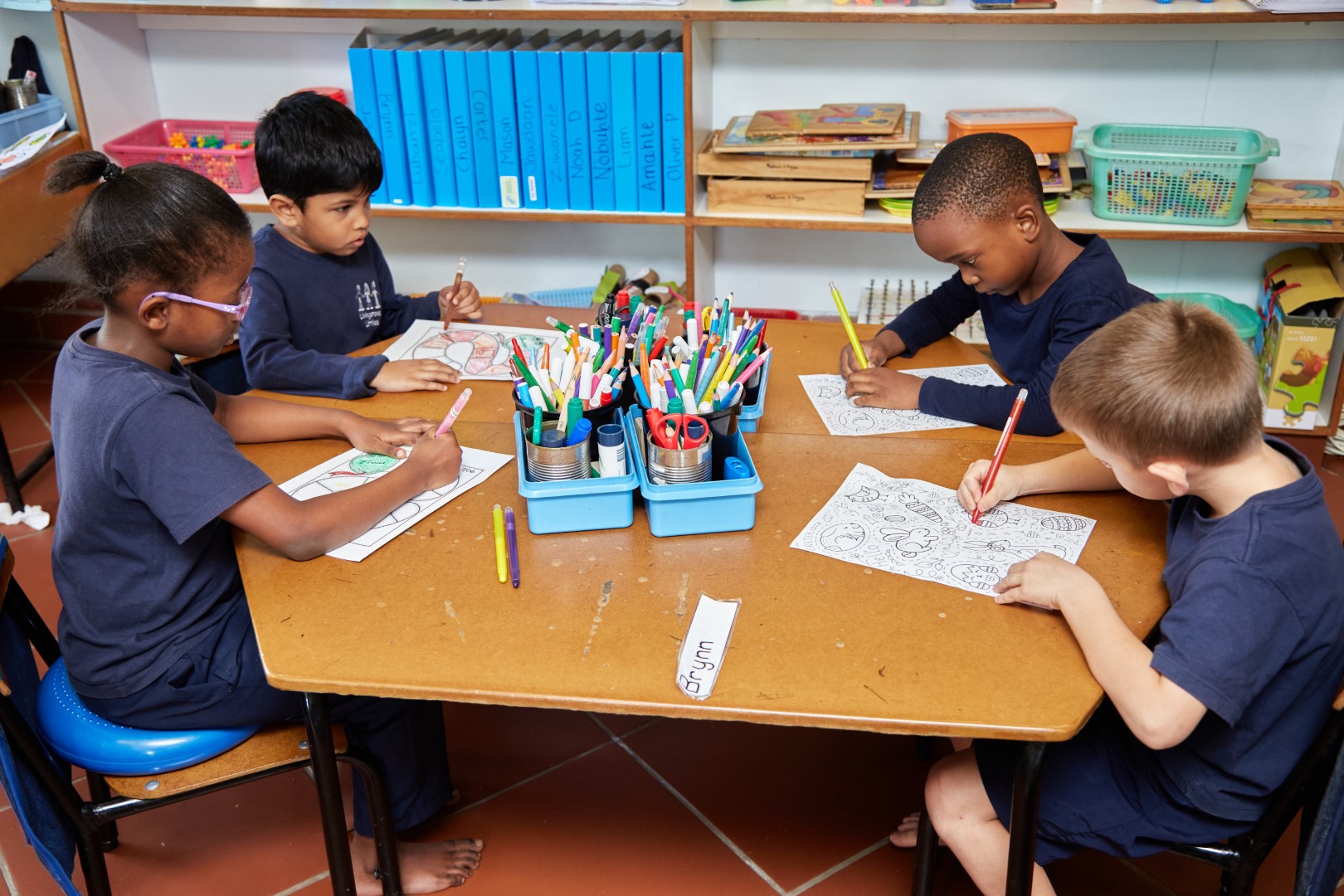About Us

Livingstone Primary School was established in 1982 as a remedial school for learners who experience intrinsic barriers to learning. These children have average to above average measured levels of general ability but experience specific learning disabilities, particularly in the areas of reading, spelling and written language.
Some experience difficulties learning mathematics or have nonverbal learning disabilities.
A psychometric assessment and assessments undertaken by audiologists, speech/language therapists and occupational therapists identify deficits in central auditory processing, visual perception, gross and fine motor skills, receptive and expressive language
These intrinsic barriers to learning require explicit and intensive therapy and remedial teaching in the classroom & the use of particular remedial programmes & strategies. Instruction requires repetition and practice before skills are internalised and generalized.
The National Curriculum and Assessment Policy (CAPS) is followed as closely as possible within time constraints, but adaptations and differentiation are possible for these learners with special educational needs. The aim is to return learners to mainstream.
THE FOCUS OF THE PROGRAM IS REMEDIAL TEACHING OF:
Speech/Language/Auditory Perceptual Therapy
Occupational Therapy
Language
Mathematics
Study Skills
In addition to learners who experience intrinsic barriers to learning, pupils with varying degrees of
hearing impairment can and have been placed at the school. These learners use spoken language as their method of communicating and have the potential to cope with the curriculum. The team at Livingstone Primary includes a professional staff of remedial teachers, speech and language therapists, audiologists, occupational therapists, and a social worker.
A Grade R Developmental Unit at the school caters for pre-school learners with average to above average measured levels of general ability, who, through educational, speech and language and occupational therapy assessments have been identified as being “at risk” for potential learning disabilities. These learners include those with hearing loss.
An Individual Educational Programme is drawn up for each learner, identifying their strengths and weaknesses. The primary goal is to enhance their self-esteem and confidence in the learning environment as they have not experienced previous success scholastically. Remedial teaching requires intensive instruction, repetition, practice using varied strategies to provide the necessary reinforcement before skills are internalised and can be generalised and applied.


